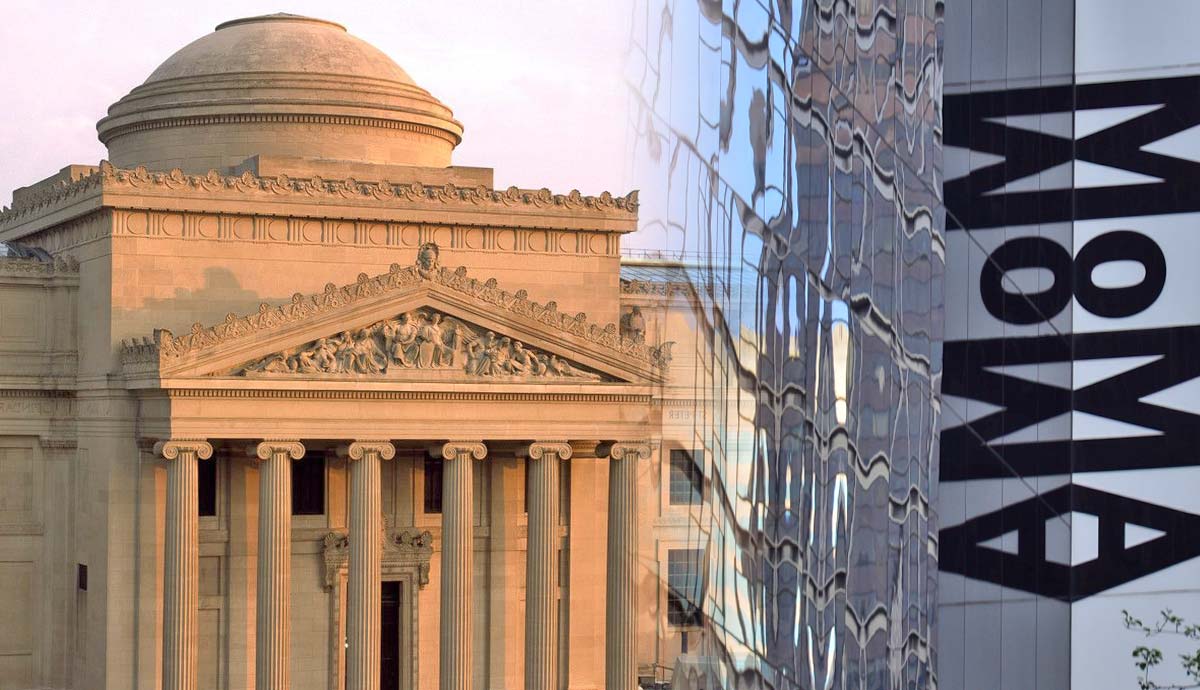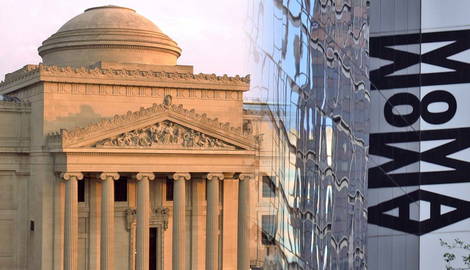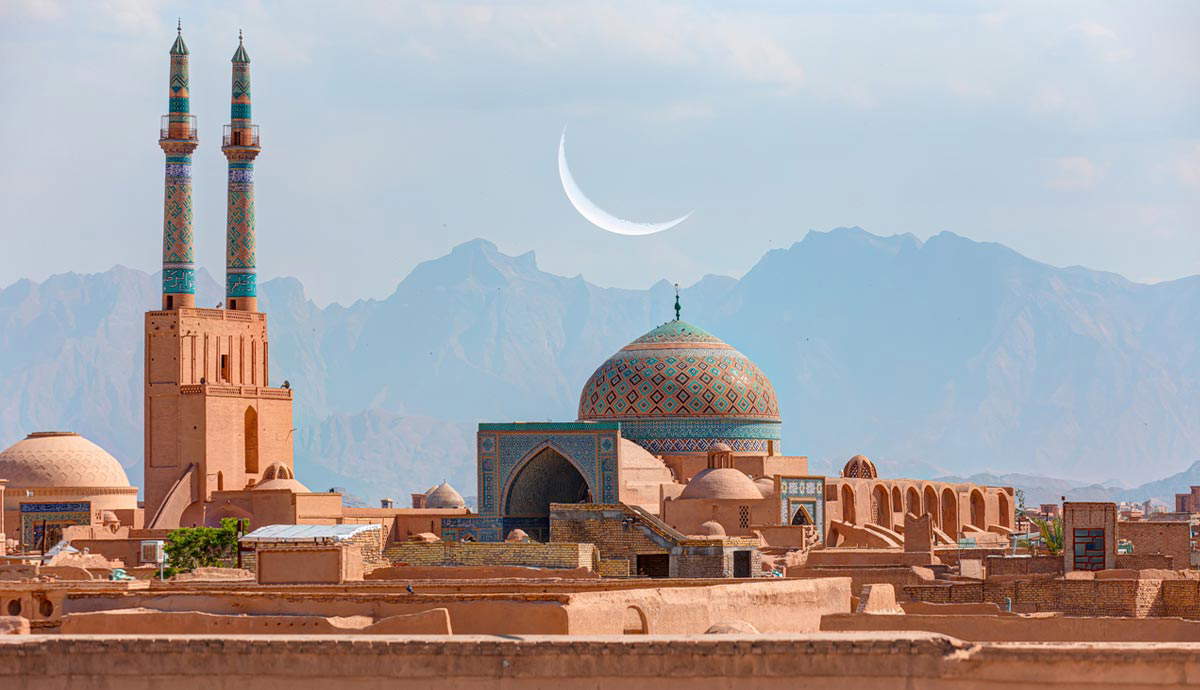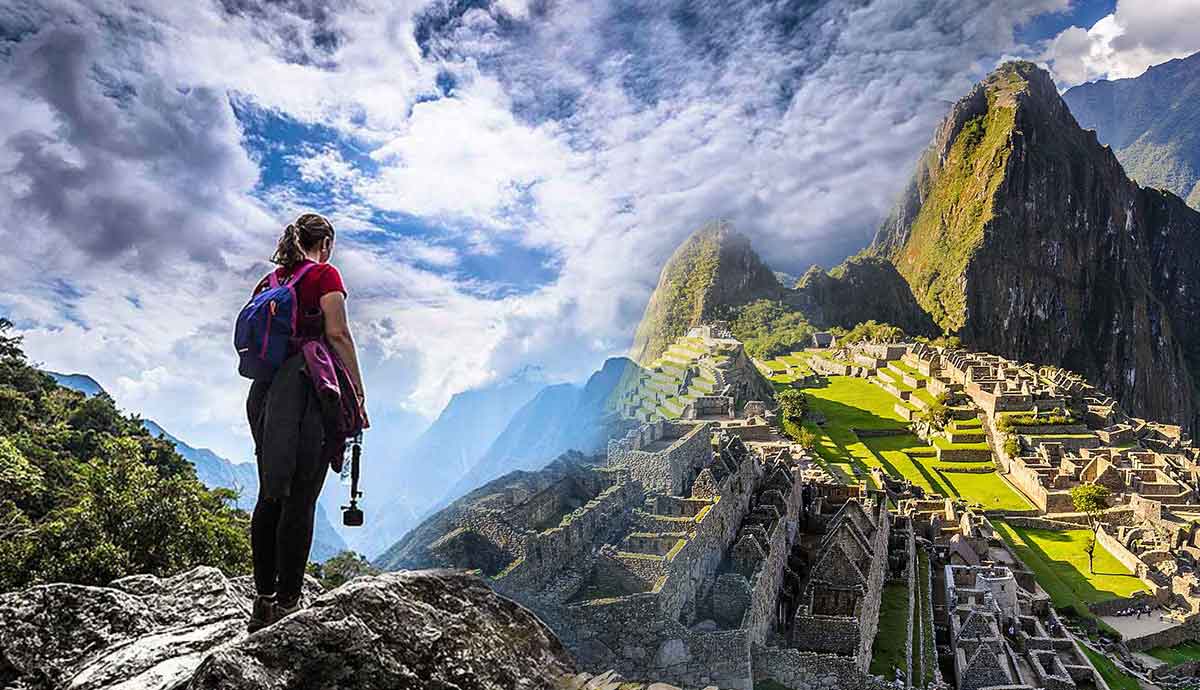
New York City is not only a beacon of American culture but a place where the world’s cultures and histories are preserved. Within its museums are vast collections of the world’s greatest art, historical artifacts, and stories, all ready for you to experience. For anyone interested in history or art, few cities in the world can compare to New York. With its world-class public transportation system and great walkability, New York is easy to explore. Below is a guide to the top 10 museums in NYC. You can also learn about New York’s oldest museums in our list featuring the Oldest Museums in the U.S.
1. New York City’s Famous Metropolitan Museum

For an experience unlike any other, visit the Metropolitan Museum of Art on Fifth Avenue. This is one of the largest art museums in the world, so it can require an entire day to visit. This giant art space is home to over 1.5 million pieces of art. Inside, you can find endless paintings, sculptures, and other art made in various mediums. There are also numerous items, including instruments, weaponry, and artifacts, that span over 5000 years of human history.
Don’t miss paintings such as Emanuel Leutze’s Washington Crossing the Delaware or Wheat Fields with Cypresses by Vincent van Gogh. There are also amazing historical pieces such as the restored Temple of Dendur. The MET’s history dates back to 1870, when a group of artists and financiers wanted to build the largest fine art museum in the United States. Ten years later, they settled on the building’s current location and constructed the five-story, neoclassical-style behemoth that we know today.
Known for:
- Temple of Dendur
- Washington Crossing the Delaware (Emanuel Leutze, 1851)
- Wheat Field with Cypresses (Vincent van Gogh, 1889)
- Portrait of Madame X (John Singer Sargent, 1883-84)
2. American Museum of Natural History

If you love fossils of dinosaurs, taxidermy, life-size replicas of animals, and endless educational information, then this museum is for you. New York’s American Museum of Natural History is one of the world’s best natural history museums. Located near Central Park, in Manhattan’s Upper West Side, this museum is full of wonderful exhibits that spur the imagination. You’ll see an intact Tyrannosaurus skeleton, a life-size blue whale replica, and several floors featuring the evolution of the world’s flora and fauna.
If possible, visit the museum’s interactive exhibits and special events. One of the highlights is the newly opened insectarium, where you can walk amongst butterflies and learn about the insect kingdom through curated interactive shows.
Known for:
- Tyrannosaurus rex skeleton
- Milstein Hall of Ocean Life’s blue whale
- Hayden Planetarium
- Rose Center for Earth and Space
- Susan and Peter J. Solomon Family Insectarium
3. The Museum of Modern Art (MoMA)

Midtown Manhattan boasts numerous special art museums, but few can rival the Museum of Modern Art (MOMA). This beautiful and world-famous space holds thousands of the world’s most celebrated paintings and sculptures, plus endless artworks done in other media.
You’ll be able to see highlights such as Vincent van Gogh’s The Starry Night or The Persistence of Memory by Salvador Dalí. On its second, third, and sixth floors, you’ll find the museum’s revolving exhibits. These include modern thought-provoking pieces and classical pieces.
The Museum of Modern Art has been a New York icon since it first opened its doors to the public in 1939. Since then, it has assembled over 200,000 paintings, sculptures, films, photos, and hundreds of thousands of art-related books and magazines.
Known for:
- The Starry Night (Vincent van Gogh, 1889)
- The Persistence of Memory (Salvador Dalí, 1931)
- Les Demoiselles d’Avignon (Pablo Picasso, 1907)
- Water Lilies triptych (Claude Monet, 1914-26)
- Campbell’s Soup Cans (Andy Warhol, 1962)
4. National Museum of the American Indian

The Smithsonian’s National Museum of the American Indian is one of Manhattan’s must-visit museums. Inside are rotating exhibits that cover the diversity, influence, and long history of Native Americans. You’ll learn about the culture, traditions, and history of over 1000 indigenous peoples from throughout the Americas. The museum’s art, artifacts, and photographs catalog the incredible indigenous heritage of two continents, North and South America.
The museum is located on the southern end of Manhattan, inside a former customs house near Battery Park. Directly across from the museum’s entrance on Broadway Street is the historic Stone Street. In 1658, this street became New York’s first paved street.
Known for:
- Infinity of Nations permanent exhibition
- Olmec ceremonial axe (c. 800-600 BCE)
- Mexica Chicomecóatl, the maize goddess (c. 1325-1521 CE)
- Anishinaabe beaded hood (c. 1860-80)
- Kuna Kantule hat (c. 1924)
5. Brooklyn Museum

Just next to the Brooklyn Botanical Garden is the beautiful and well-curated Brooklyn Museum. This popular destination for art lovers rivals many of the world’s greatest art institutions.
When you visit, you’ll see an incredible diversity of pieces from photography to paintings, such as Claude Monet’s The Doge’s Palace. You’ll also get to see historical artifacts and works of art such as the Egyptian Cartonnage of Nespanetjerenpere and the Beaded Crown of Onijagbo Obasoro Alowolodu. The current Brooklyn Museum building was completed in 1897. It is one of the largest museums in the United States, requiring several hours to visit. If you time your visit right, you can enjoy film screenings, artist debuts, and special events too.
Known for:
- The Dinner Party (Judy Chicago, 1979)
- Napoleon Leading the Army over the Alps (Kehinde Wiley, 2005)
- The Palazzo Ducale (Claude Monet, 1908)
- Egyptian Cartonnage of Nespanetjerenpere (c. 945–718 BCE)
6. Museum of the City of New York

New York City is one of North America’s great cities and has an enthralling history that goes back centuries. To experience the story of New York and its five boroughs in one place, head to the eastern end of Central Park to visit the Museum of the City of New York. The museum is housed in a colonial-style building. Inside, you can enjoy photographs, furniture, maps, historical artifacts, and all the information you can take in about this global city. Come on the weekends and you can experience everything from live jazz to painting classes. There are also documentary screenings that chronicle the lives of the city’s locals, their struggles, triumphs, and contributions to the culture of the USA.
Known for:
- Its Core permanent exhibition
- Timescapes film
- Starlight rotunda installation (Cooper Joseph Studio)
- Stettheimer Dollhouse
7. MoMA PS1

In the neighborhood of Queens, you will find MoMA PS1. This unique institution, located in a former school building, features over 200,000 unique masterpieces. From sprawling courtyard mobiles to thought-provoking sculptures based on an artist’s community, this museum asks you to use all your senses to experience its dynamic spaces. Inside, you’ll get to see works by artists such as Leslie Martinez, Pacita Abad, James Turrell, and Ai Weiwei.
The exhibitions rotate seasonally, and you’ll find all types of artistic media, from paintings, performance art, film, sculpture, and community-focused installations. The visionary curator Alanna Heiss founded MoMA PS1 in 1976. It became one of the city’s center points of the alternative space movement. Today, it still holds a special place in New York’s art world. You can coordinate your visit with community events, art shows, and lectures, all within its beautifully curated space.
Known for:
- Meeting (James Turrell, 1980–86/2016)
- Stair Procession (William Kentridge, 2000)
- blps (Richard Artschwager, 1976)
8. Ellis Island National Museum of Immigration

Jump on the ferry from Battery Park and head to the small island off New Jersey called Ellis Island. Here, waves of immigrants arrived in the United States. Many Americans can trace their ancestry to this small rocky island in the middle of New York Bay. The island is now home to the Ellis Island National Museum of Immigration. This amazing historical space holds artifacts, photos, and interactive exhibits detailing the history of Ellis Island and the people who passed through its halls.
Visitors can search immigration records to discover their own family history. While you’re here, you can see incredible views of the New York City skyline and the Statue of Liberty. No visit would be complete without a tour from the friendly park rangers.
Known for:
- Registry Room (Great Hall)
- Family History Center
- The American Flag of Faces
- The American Immigrant Wall of Honor
9. The Met Cloisters

Head to the northern end of Manhattan at Fort Tryon Park to see a vast collection of art from the Middle Ages at The Cloisters. This unique museum is one of the Metropolitan Museum of Art’s branches. The stunning space overlooks the Hudson River and comprises five medieval-inspired cloisters that make you feel like you’re in Andalucia.
The inside, however, is modern and beautifully curated with precious art from the Middle Ages. The museum features a central Gothic cathedral, gardens, and several exhibits that guide you through the evolution of art from Gothic to Romanesque styles in Medieval Europe and the Middle East. The museum is not just an art space but a fantastic space for anyone who loves Medieval architecture. From the recreated gothic arches, buttes, and cloisters to the detailed carvings and courtyard decorations, this is a space unlike anywhere in the USA.
Known for:
- French Unicorn Tapestries (1495–1505)
- Merode Altarpiece (workshop of Robert Campin, c. 1427-32)
- Apse from San Martín at Fuentidueña (c. 1175-1200)
10. New York City’s 9/11 Memorial and Museum

At the southwestern end of Manhattan is ground zero for one of the most horrible events in world history. The 9/11 Memorial and Museum is a somber reminder of this tragic event. As soon as you enter the space, you’ll see the giant collapsing fountains and pools at the bases of the former World Trade Center Towers.
Along the bronze walls of the pools are the engraved names of all 2,983 people who tragically lost their lives on 9/11, as well as in the first World Trade Center bombing of 1993. Near the fountains is the main museum held in a beautiful underground space. You’ll see reflective exhibits, including a deformed fire truck and a timeline of the events, as well as personal items like hats, photos, and other materials that preserve the legacies of those who lost their lives.
Known for:









